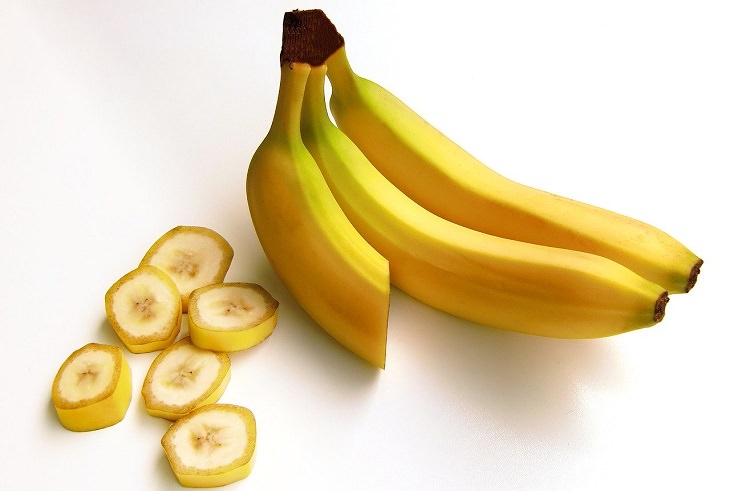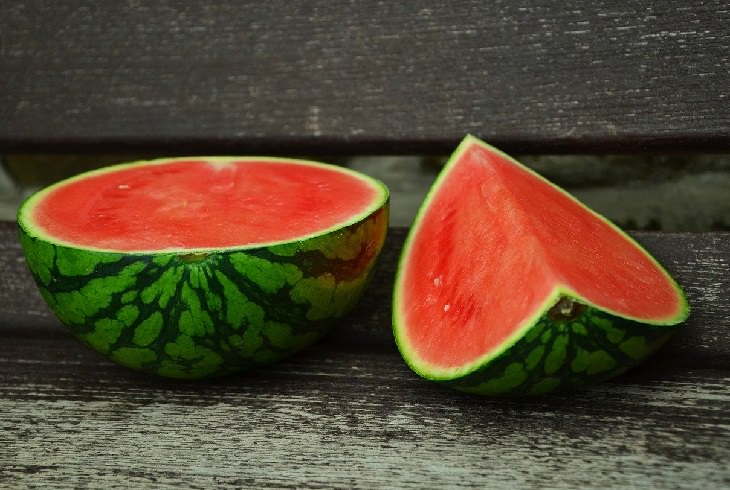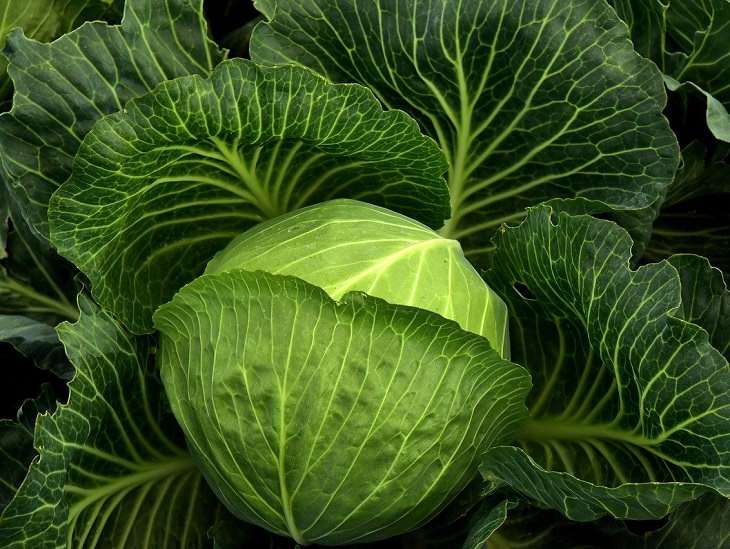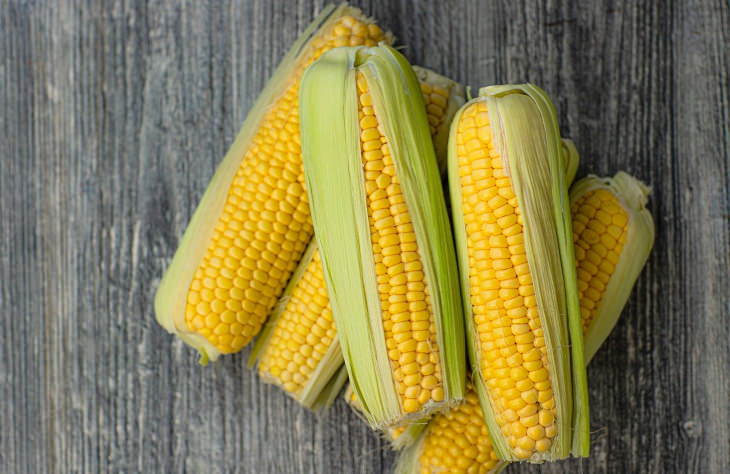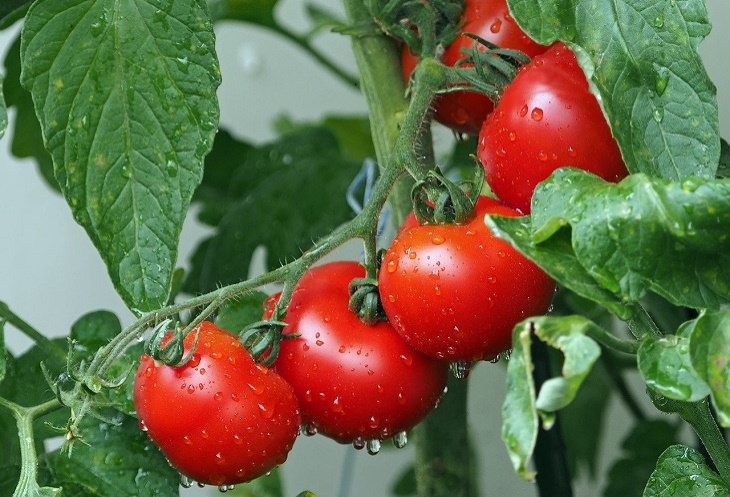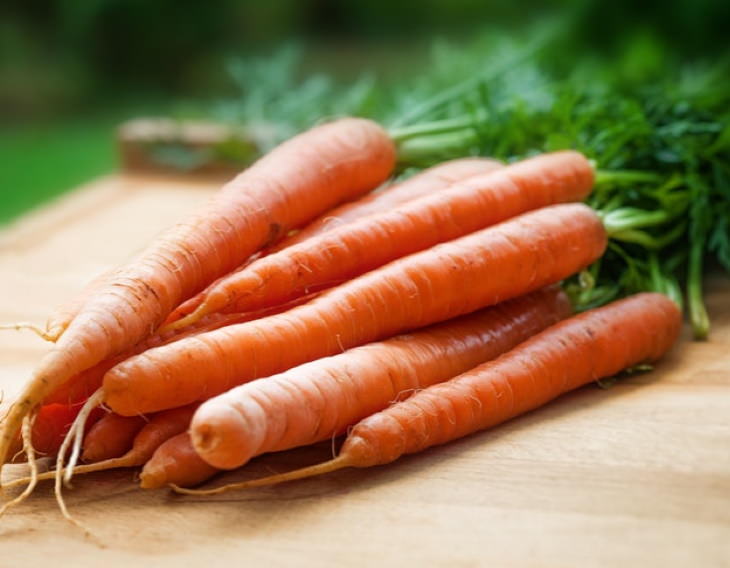1. Banana
The familiar Cavendish banana looks nothing like its wild ancestors that are filled with seeds and are not as tasty and easy to peel. Both known ancient wild banana species, the Musa acuminata and Musa babisiana, are full of inedible seeds, and we have to thank ancient farmers from Southeast Asia and Papua New Guinea for the delicious fruit we can enjoy today. The cultivation of the banana fruit goes back to 8,000-5,000 BC.
2. Watermelon
Watermelons are some of the juiciest fruit out there, but it wasn't always so. In fact, only a few centuries ago, watermelons looked very different from the ones we can buy in stores today, as illustrated by a painting of the fruit by Albert Eckhout around 1610-1666. Apart from the peculiar swirly patterns inside the fruit, 17th-century watermelons also seem to contain much less of the pink edible pulp, and a lot more of the tasteless white stuff.
3. Cabbage
Believe it or not, but the history of cabbage is one of the most interesting ones out there, as it turns out that cabbage, broccoli, cauliflower, and kale all come from one and the same plant native to Europe - the wild mustard plant (Brassica oleracea). Even more interestingly, this plant looks nothing like either of the vegetables listed above, so the cultivation of these vegetables is a real testament to the incredible craft of cultivators.
4. Corn
The crop that has undergone one of the most astonishing transformations is definitely corn, as the wild corn plant has but 5-10 tiny kernels strung together on a cob. The plant believed to be corn's ancestor is the teosinte plant, and it has been estimated that it was first domesticated 10,000 years ago by the indigenous farmers of Mexico. Over time, not only the size and abundance of kernels in one corn cob increased, but it also became much easier to peel and sweeter.
5. Peaches
Yet another plant that changed its flavor profile along with the quantity of edible parts are peaches. It is suggested that peaches have originated in China, and the domestication of the fruit must have occurred around 6,000 BC. The wild counterpart of the cultivated fruit still exists in China today, and it's not only much smaller and has a bigger stone, but it's also slightly salty and earthy in terms of taste. Lastly, unlike peaches, the fruit has a waxy skin, unlike the soft and fuzzy peaches we find in supermarkets nowadays.
6. Eggplants
Eggplants are delicious and work well in a variety of dishes, but best of all - you can typically use the whole plant in your recipe - nearly no seeds, no peeling, and no fuss. This can also be said about the suggested ancestor of the eggplant - a Sub-Saharan plant of the nightshade family called Solanum incanum, but you'd hardly be able to be full after eating one of these little vegetables, especially since they're terribly bitter. Today, eggplants come in a wide variety of colors, ranging from white to dark purple, and different sizes and shapes.
7. Tomatoes
Like many other plants on this list, the ancestor of all tomatoes can be still found in the wild today. It's called Solanum pimpinellifolium, and it grows in northern Peru and southern Ecuador. The taste of this curious plant that grows on vines is identical to that of other tomatoes, but it's significantly smaller in size, being literally pea-sized, so you'd have to add at least a hundred to whip up an average salad. The tomato is thought to have been cultivated in Mexico or other parts of Mesoamerica, with records of the vegetable dating back to at least 500 BC.
8. Carrots
The carrot has humble beginnings, as it comes from a weed that can often be found around Europe - Queen Anne's Lace, or Daucus carota. To be more precise, it comes from a version of this plant that was grown either in Persia or in Central Asia around a thousand years ago. This plant had white, purple and yellow roots, and writings mentioning these date back to Greek and Roman times. By the middle ages, the plant had been already fully cultivated and lost its bitter taste and tough woodsy texture, gradually evolving into the carrots we love to munch on nowadays.

